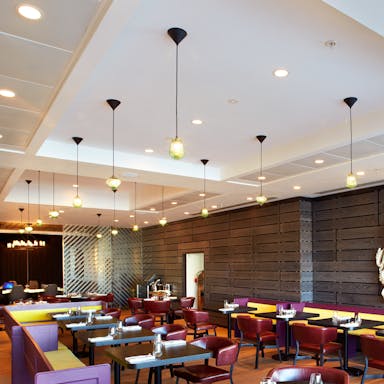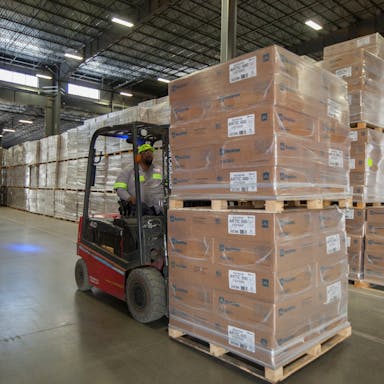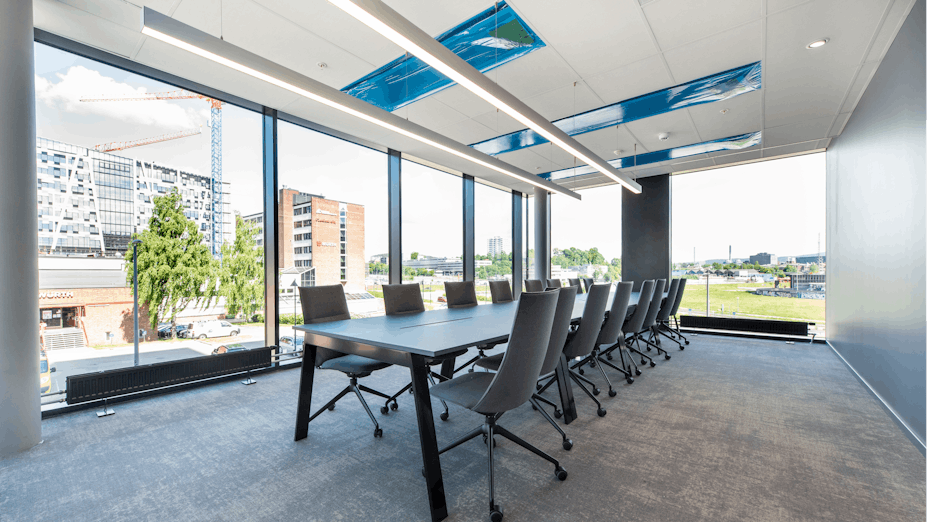The International WELL Building Institute™ (IWBI) is leading the global movement to transform buildings and communities in ways that help people thrive. By placing people at the heart of design, construction, operations and development decisions, the WELL Building Standard™ prioritizes human health and well-being.
To learn more we spoke with Jessica Cooper, the Chief Commercial Officer at IWBI, who shares her insights on the importance of WELL certification, information about the recently launched WELL v2, and how to select the right materials for healthy buildings.
Importance of WELL Certification
What is the main difference between WELL and other building rating schemes? What is the main differentiator?
WELL takes a people-first approach to prioritizing human health and well-being. It is an evidence-based and performance-verified certification program, meaning that projects must prove that space is not only designed for health but that it performs for health. Projects that meet WELL Certification have demonstrated that the health, happiness and productivity of the people who use these spaces are the top priority. For companies, this could mean increased attraction and retention of top-notch talent. For residences, this could mean healthier families and improved quality of life.
Is there a quantified economic benefit associated with having a certification like WELL in your building? What are the benefits of selecting the right materials for the indoor climate?
Research from WELL projects brings to light the measurable impact and benefits of WELL Certification, such as enhanced air quality and improved employee collaboration. One example is how Cundall’s office in London [WELL Certified Gold], which focused on improved indoor air quality, including continuous monitoring of carbon dioxide (CO2) and volatile organic compounds (VOCs), has saved the company £200,000 due to a reduction of four sick days per year per employee and a 27% reduction in staff turnover.
Is there a quantified economic benefit associated with having a certification like WELL for the Building Owner? What should be the main reason a Building Owner should invest in WELL?
Building owners tell us they are seeking WELL Certification to attract & retain high-quality tenants, maximize the financial performance of rental rates and resale value, minimise the risk of incidents and obsolescence and improve shareholder relations by increasing their GRESB and ESG scores for health and well-being. They also place great value on the competitive differentiation and marketing narrative that WELL provides them.
Jessica Cooper
As Chief Commercial Officer at IWBI Jessica oversees the end-to-end customer experience with WELL, helping project teams around the world enhance human health and wellness through the built environment.
As an avid public speaker, Jessica has also led many presentations and technical workshops to business and real estate professionals in cities worldwide.



